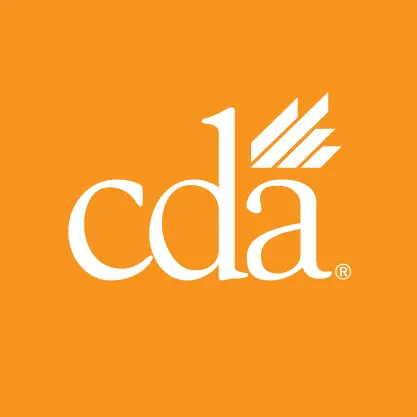Dental practices will commonly hire a temporary dental assistant, hygienist or front-office staff to fill in briefly for employees who are out sick. They might also hire temporary workers when the practice’s needs have increased or to cover an employee’s long-term leave of absence. CDA analysts, who provide one-on-one support to members, report that many dentist employers remain puzzled about requirements related to hiring, classifying and properly paying these short-term workers.
CDA Employment Practices Analyst Michelle Coker says that practice owners mistakenly believe that these temporary workers are not employees simply because of their limited length of time in the practice. “The employer creates risk for the practice by not following new-hire documentation, classification and pay requirements,” Coker says.
Despite the temporary nature of their roles, temporary workers are entitled to many of the same legal protections as permanent employees under California labor laws. Regardless of whether they work an hour, a day, a week or on a trial basis, they are typically considered employees. These workers can include:
- Part-time seasonal help
- Workers in training
- Employees hired on a trial basis (working interviews)
- Workers paid less than $600 a year
New hires: Orientation, required forms and training
Most labor laws — including workplace safety, harassment, discrimination, notice requirements, documentation, minimum wage, meal and rest break, payday, paid sick leave and overtime requirements — apply to temporary employees.
Employer dentists can minimize their risk by completing the following steps when onboarding a temporary worker:
- Provide a written offer in advance outlining the terms of the employment relationship. (If the worker is nonexempt, use CDA’s member-only job offer letter.
- Complete all required new-employee forms, notices and acknowledgements. CDA members can use the New Hire Required Forms with checklist.
- Provide training. Members can use CDA’s resource covering safety, exposure control and all other required training for temporary employees.
- Request and retain copies of the worker’s current license and any other certifications required for the role.
Paying temporary employees
If an employer hires a temporary employee for a single day, the employer must pay the employee by the end of their shift. If temporary employees are expected to work more than a single day during a workweek, they must be paid weekly, regardless of when the assignment ends. Failure to do so can result in civil and criminal penalties for the employer.
Form 1099 or W-2: Determining worker’s status
When determining whether the temporary worker is an employee or an independent contractor, the employer must use the ABC test.
Dental office managers, dental assistants, RDAs, RDHs and some associate dentists perform duties that are largely directed or prescribed by the dentist-employer. The general rule is that an individual is an independent contractor if (A) the worker is free from control and direction over performance of the work, (B) the work is outside the usual course of the business, and (C) the worker is customarily engaged in an independently established trade, occupation or business.
If the worker does not meet all the elements of the three-part test, they should be treated like an employee and be issued a W-2 form.
The employer may issue a 1099 for independent contractors but is not required to do so if the independent contractor was paid less than $600. Instead, the contractor is obligated to report the income on their tax return. See the IRS’s frequently asked questions on Form 1099 for independent contractors for more requirements.
Before using a temp or referral agency, ask questions and take precautions
If using an agency to assist with hiring, employers should ask whether the agency is simply a referral agency or whether the workers are employed by the agency itself.
“This is an important distinction when it comes to liability risk,” Coker says.
Whatever the arrangement is with the agency, anytime the employer hires a temporary staff person from an agency, the agency becomes a “joint employer” under the law. This means that the temporary or referral agency shares the responsibility for some issues, such as securing workers compensation, wage and hour compliance and preventing harassment and discrimination.
Generally, employers who use the services of a referral-only agency are employing the worker and should follow documentation requirements for a newly hired employee.
When using a temporary agency that employs temporary employees, dentist-employers should:
- Ensure that the temporary employee is paid only through the agency.
- Ensure the agency handles all hiring and firing.
- Establish the duration of employment at the beginning of the relationship and extend it in writing if needed. Temporary employees are typically hired for nine months or less.
Regardless of the length of employment, when the employment relationship ends, practice owners should provide the employee with a notice on change in relationship. But, if the employer provided a written offer at the onset of the employment relationship with a clear end date, no official termination notice is necessary.
CDA has a Change in Relationship Notice plus dozens more employment practices resources just for members.
Dentists and their teams can also bring their employment-related questions to CDA Presents The Art and Science of Dentistry in Anaheim. Coker will present “Ask the Expert, Employment Practices” at The Spot on Thursday, May 15, at 10:30 a.m. And on Saturday, she and Ali Oromchian, JD, LLM, will co-present “HR 101: Avoiding Human Resource Minefields” at 9 a.m. Find these and other lectures on employment practices in the course schedule, and register for CDA Presents.

